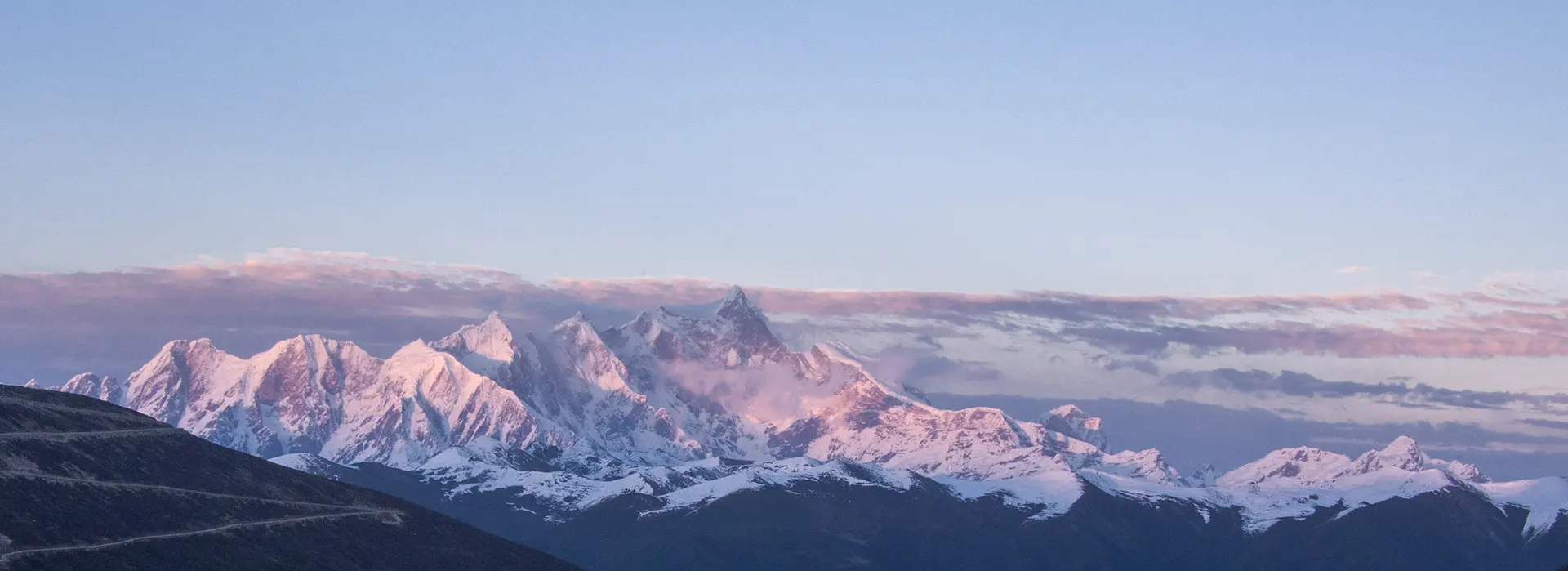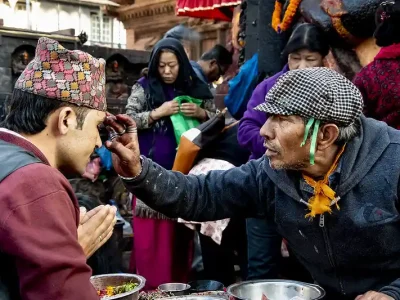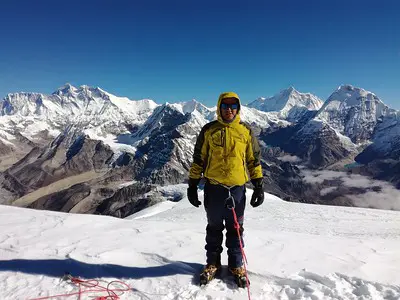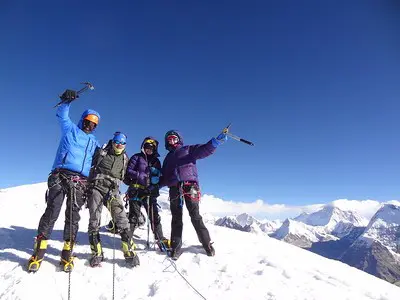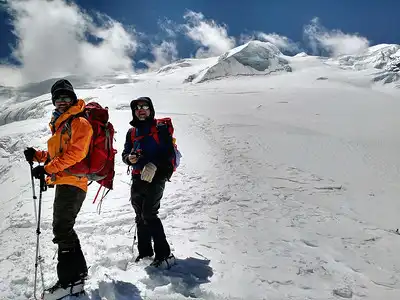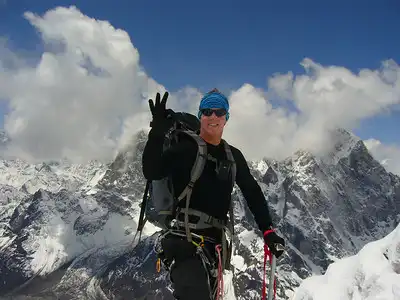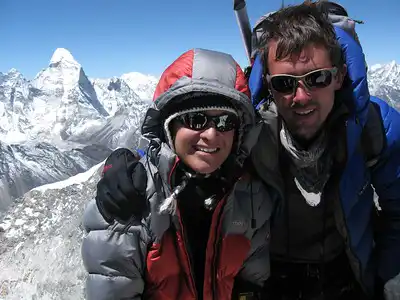During Nepal Tibet Bhutan Tour, you will investigate the features of the three Himalayan realms, including the world-celebrated engineering ponders everyday high-level scenes, hallowed Buddhist locales, uncommon wild creatures, and so forth. With incredible accommodation to get into, Nepal is your first objective. Beginning from Kathmandu, you can gain proficiency with the social appeal of Kathmandu valley and travel to Pokhara to appreciate the fantastic regular magnificence. At that point, take a trip to Lhasa and visit the tourist spots in Lhasa. After the touring, you will take an overland driving excursion to Kathmandu using Gyantse, Shigatse, Mount Everest, and Gyirong. This course is loaded with different attractions, giving you a pleasant shock. Then, take a short departure from Nepal to Bhutan and appreciate the most tranquil Shangri-La.
- Necessary Visa and Permits for Nepal Tibet Bhutan Tour
Traveling to Nepal, Tibet, and Bhutan requires several travel documents, including Tibet Travel Permit, Tibet Group Visa, Tibet Border Pass, Nepal Visa, and Bhutan Visa.
Tibet Entry Permit: Also called Tibet Travel Permit, Tibet Entry Permit is issued by Tibet Tourism Bureau, which has to be obtained before your trip because you must have it to take your flight/train to Tibet. Besides, it would help if you also had a Border Pass which is obligatory for entering Tibet from Nepal and traveling to Mount Everest (or some other border areas). These permits can only be applied to authorized travel agencies on behalf of travelers. Traveling with Peregrine Treks and Tours, we can deal with all the permits for you.
Tibet Group Visa: If you travel to Tibet from Nepal by flight or overland driving, a Tibet Group Visa is a must. It can only be applied from the Chinese Embassy in Kathmandu. You must complete the visa application form with a passport-size photo and hand in your original passport; we will apply for the visa. During the application period, your passport will be kept in the embassy, but it is possible to use a copy of your passport to travel to Nepal.
Nepal Visa: You can get multiple entries of Nepal Visa for 15, 30, or 90 days ahead of departure or upon arrival at Kathmandu Tribhuvan Airport.
Bhutan Visa: All foreigners (except for citizens of Bangladesh, India, and the Maldives) must obtain a visa before visiting Bhutan. Only licensed Bhutanese tour operators or one of their international partners (like Peregrine Treks and Tours) can help apply for a Bhutan Visa. - Recommended Months to Visit Nepal, Tibet, Bhutan
It is recommended to have a Nepal Tibet Bhutan China Tour in spring (April ~ June) and autumn (September ~ October). It rains a lot in Nepal and Bhutan in the summer (July ~ August), and the winter is cold in Tibet. - High Altitude Sickness
The average altitude of Tibet is about 4000 meters above sea level (Lhasa: 3700m; EBC: 5200m;). You may suffer a bit from High Altitude Sickness in the beginning days of your Tibet trip if you haven’t had a rich high plateau travel experience. But don’t worry too much; the high altitude can be acclimatized usually in 2~3 days. Our suggestion is to take a physical examination, get suggestions from your doctor, and bring some medicines to prevent High Altitude Sickness before your trip. While in Tibet, you should keep warm all the time, avoid strenuous activities, drink more water, and eat more vegetables and carbohydrates. You’d better not take showers the first two days after your arrival in Tibet. If you don’t feel well, get help from your tour guide or go to the hospital without delay. While in Kathmandu and Bhutan, you don’t have to worry about High-Altitude Sickness. - How to Get to Kathmandu
Travelers can take inbound international flights to Kathmandu from Lhasa, Chengdu, Guangzhou, Hong Kong, and Kunming in China, Thailand, India, Qatar, Turkey, Dubai, Malaysia, Singapore, and the United Arab Emirates directly. Overland travel from Tibet, India, or Bhutan is also available. - Packing and Wearing Ideas
Firstly you can’t forget your passport, Chinese Visa and Bhutan Visa. A large backpack and a smaller one are recommended (the smaller one can be used for daily activities). Also, bring the necessary medicine you need. Other stuff like sunglasses, snow glasses, hats, lip balm, and sunblock are recommended.
As for wearing, you are suggested to dress in layers (both thin and thick jackets). The down jacket is necessary for Spring and Autumn. A pair of durable and comfortable shoes are necessary.
